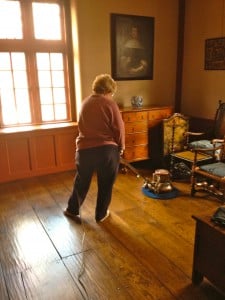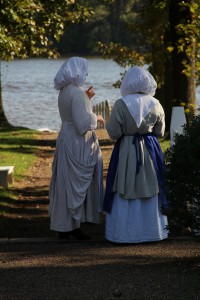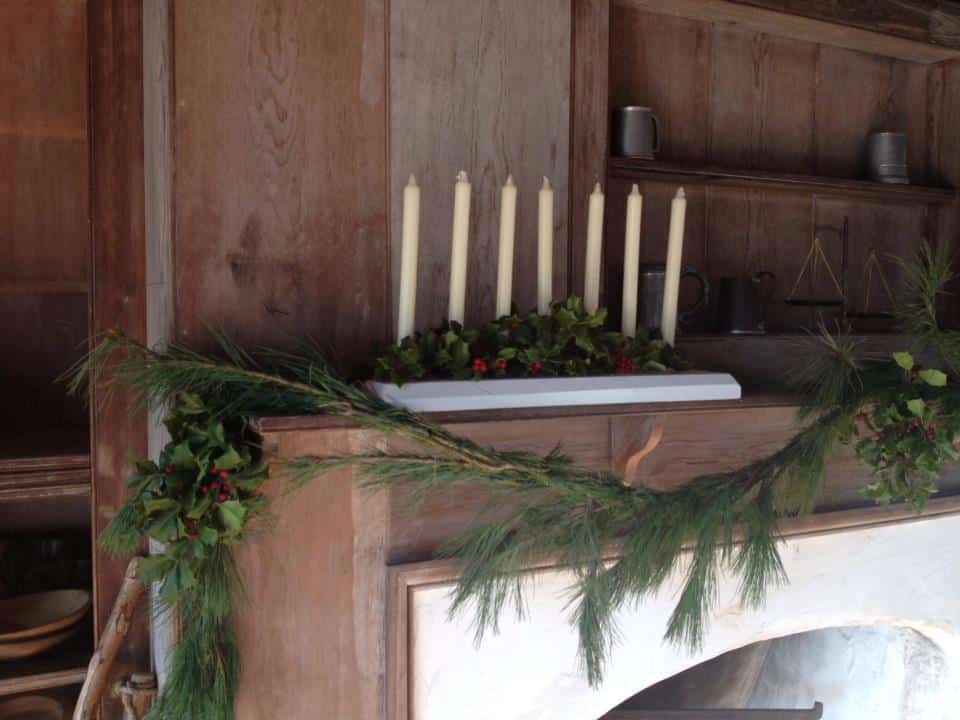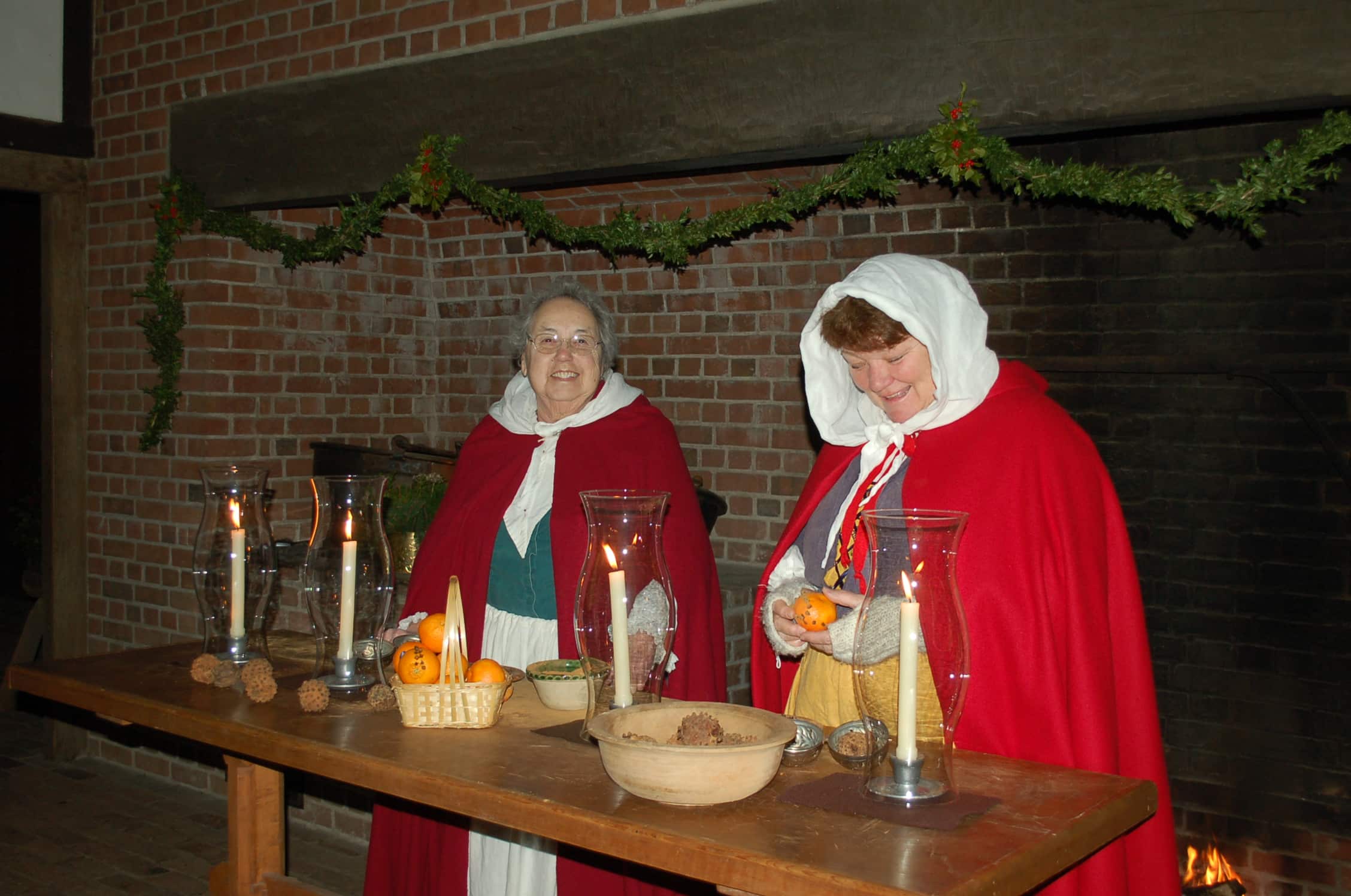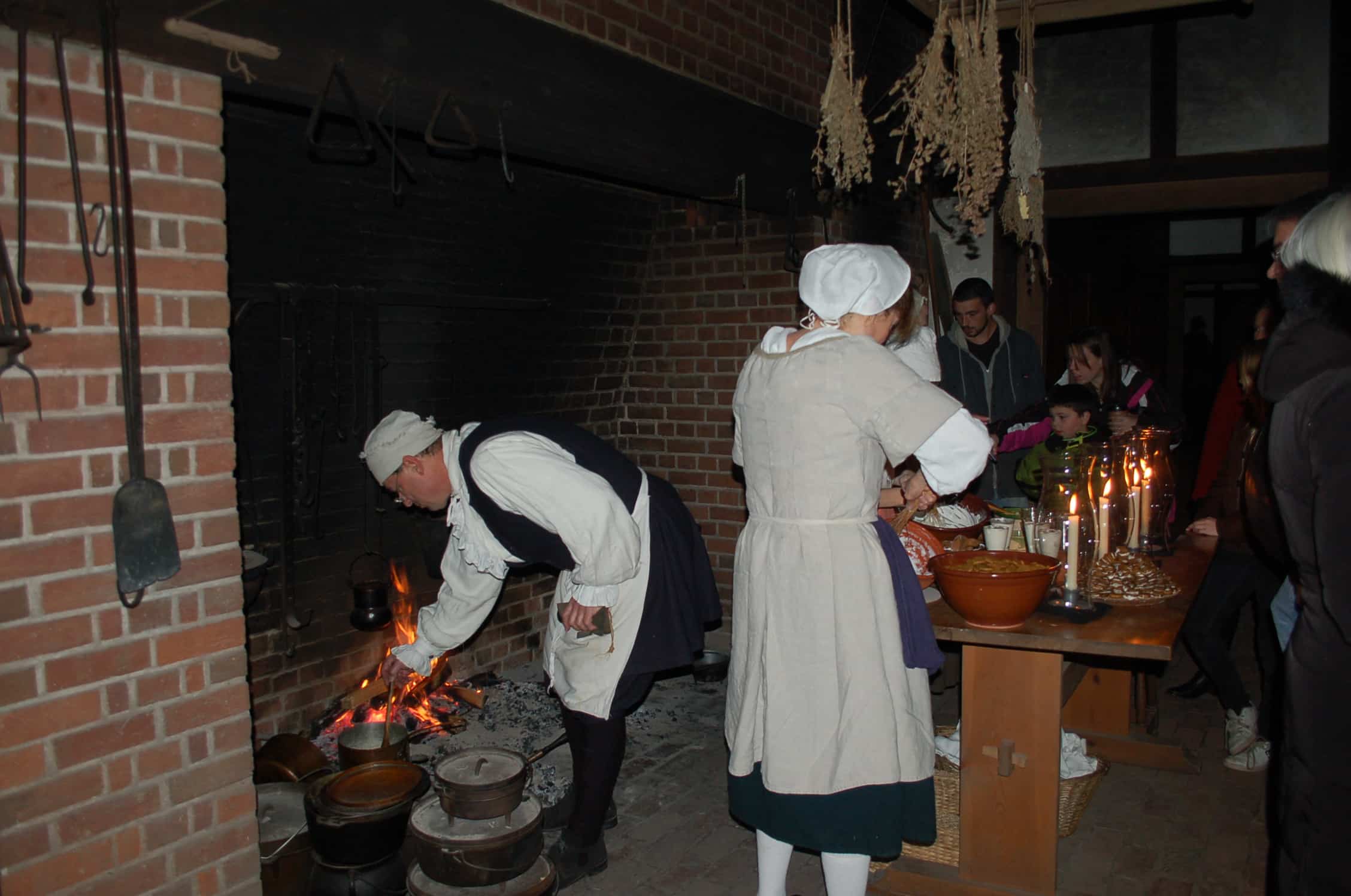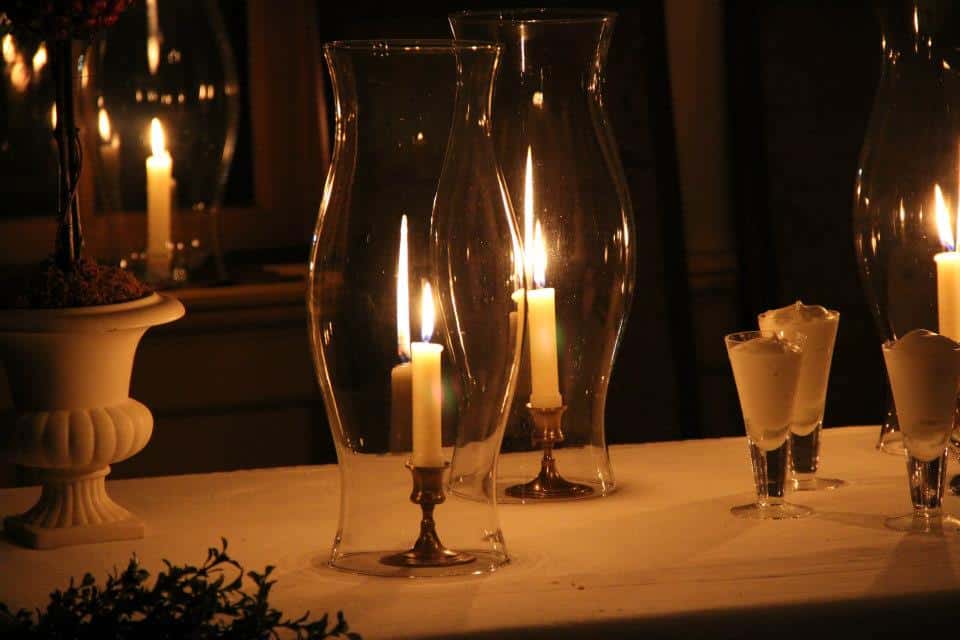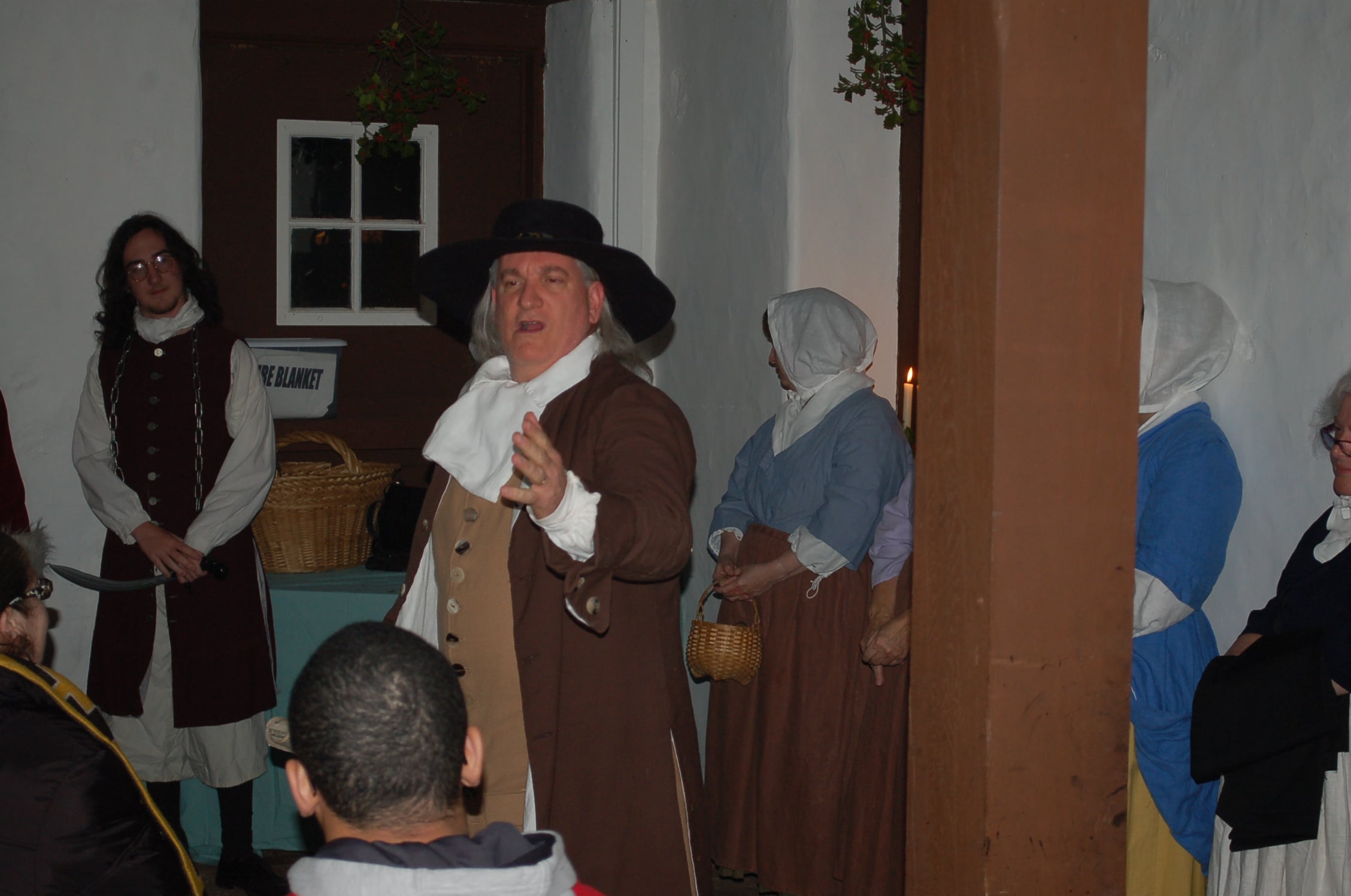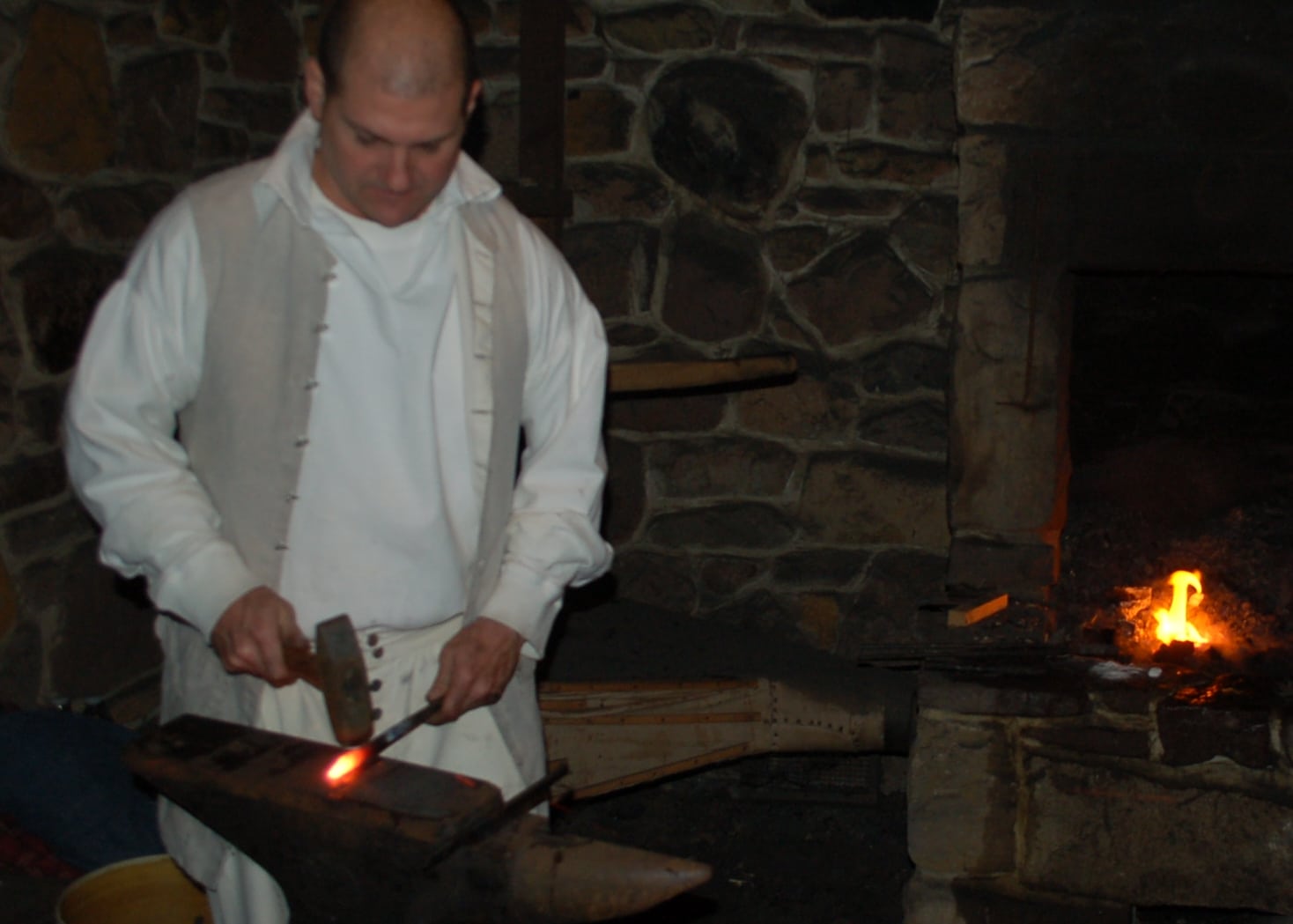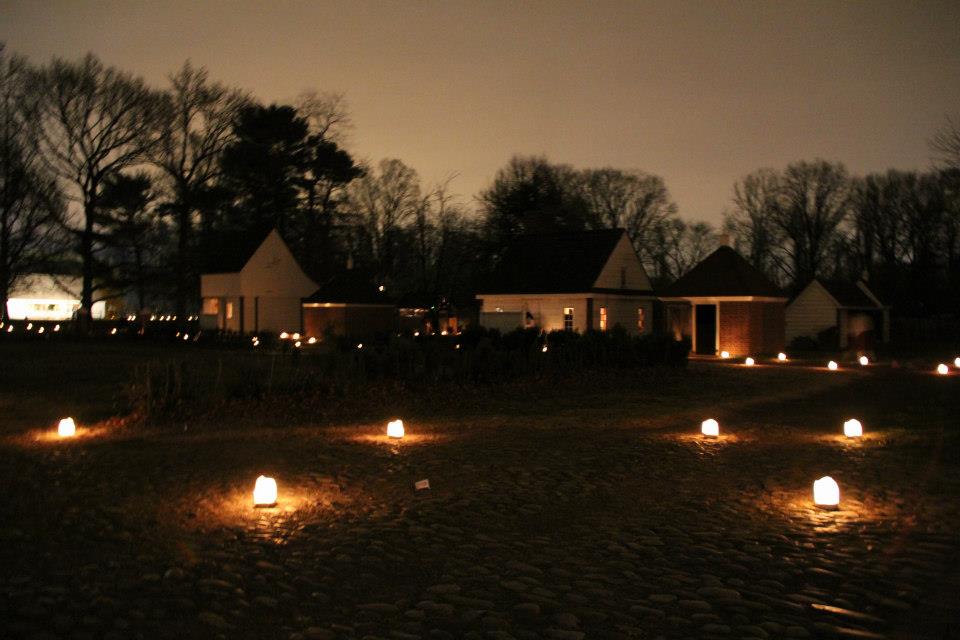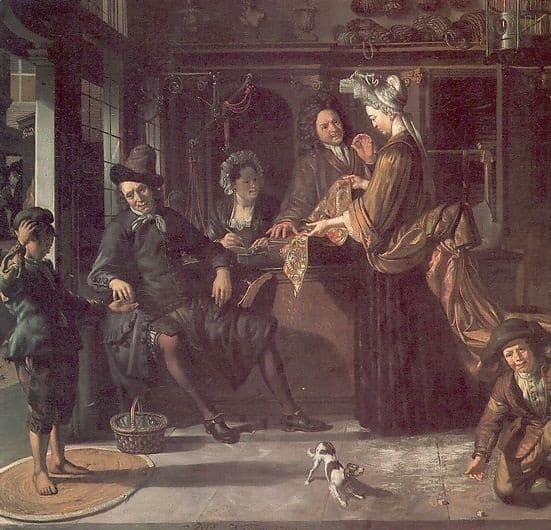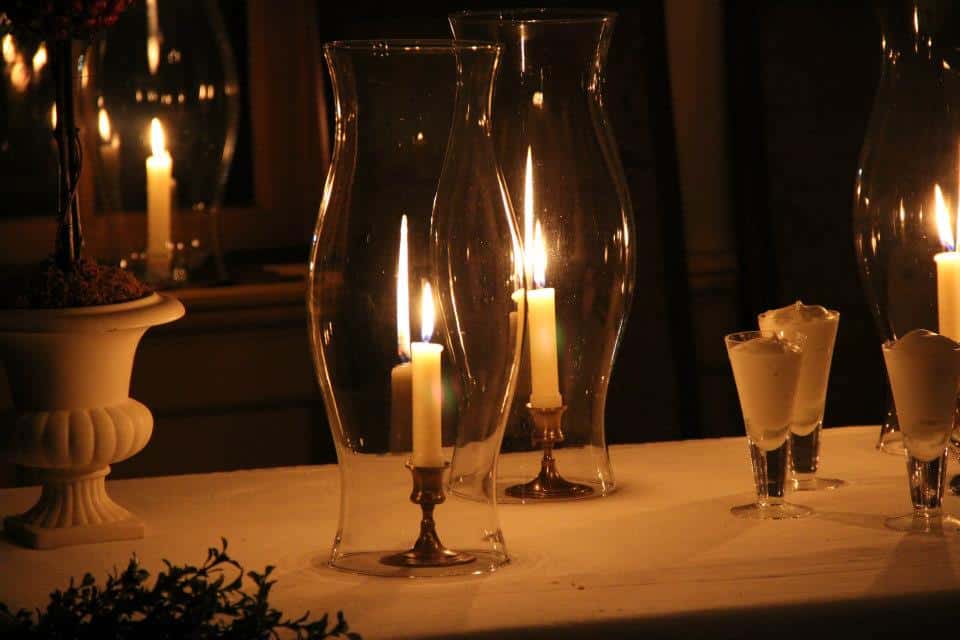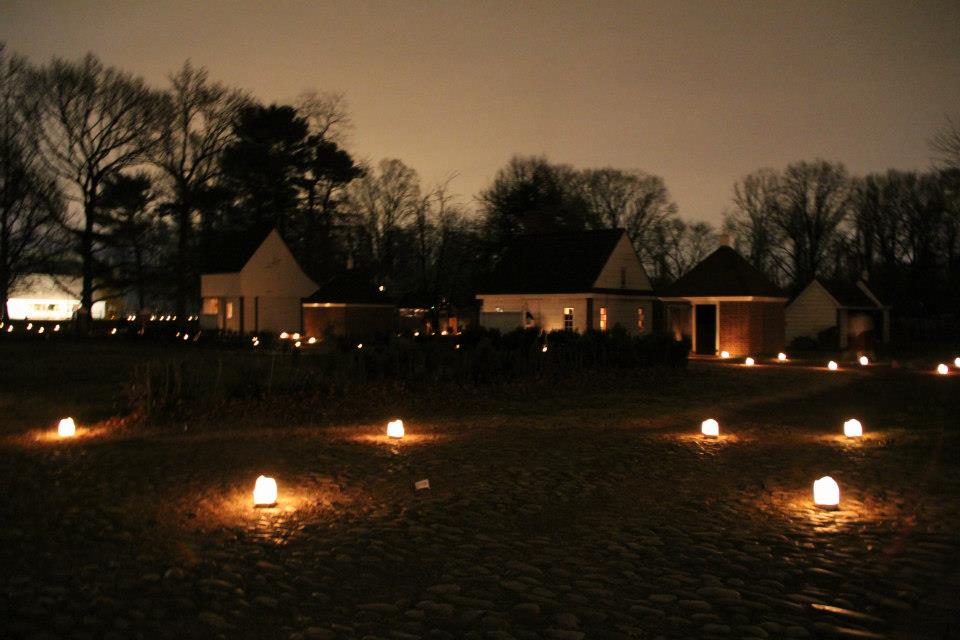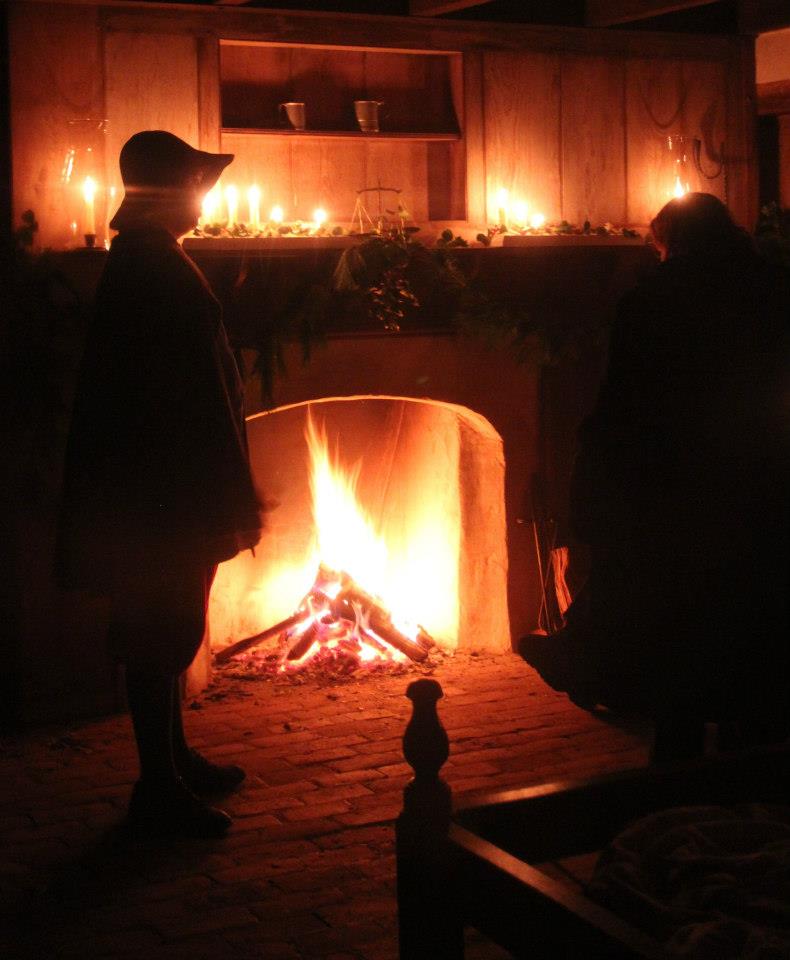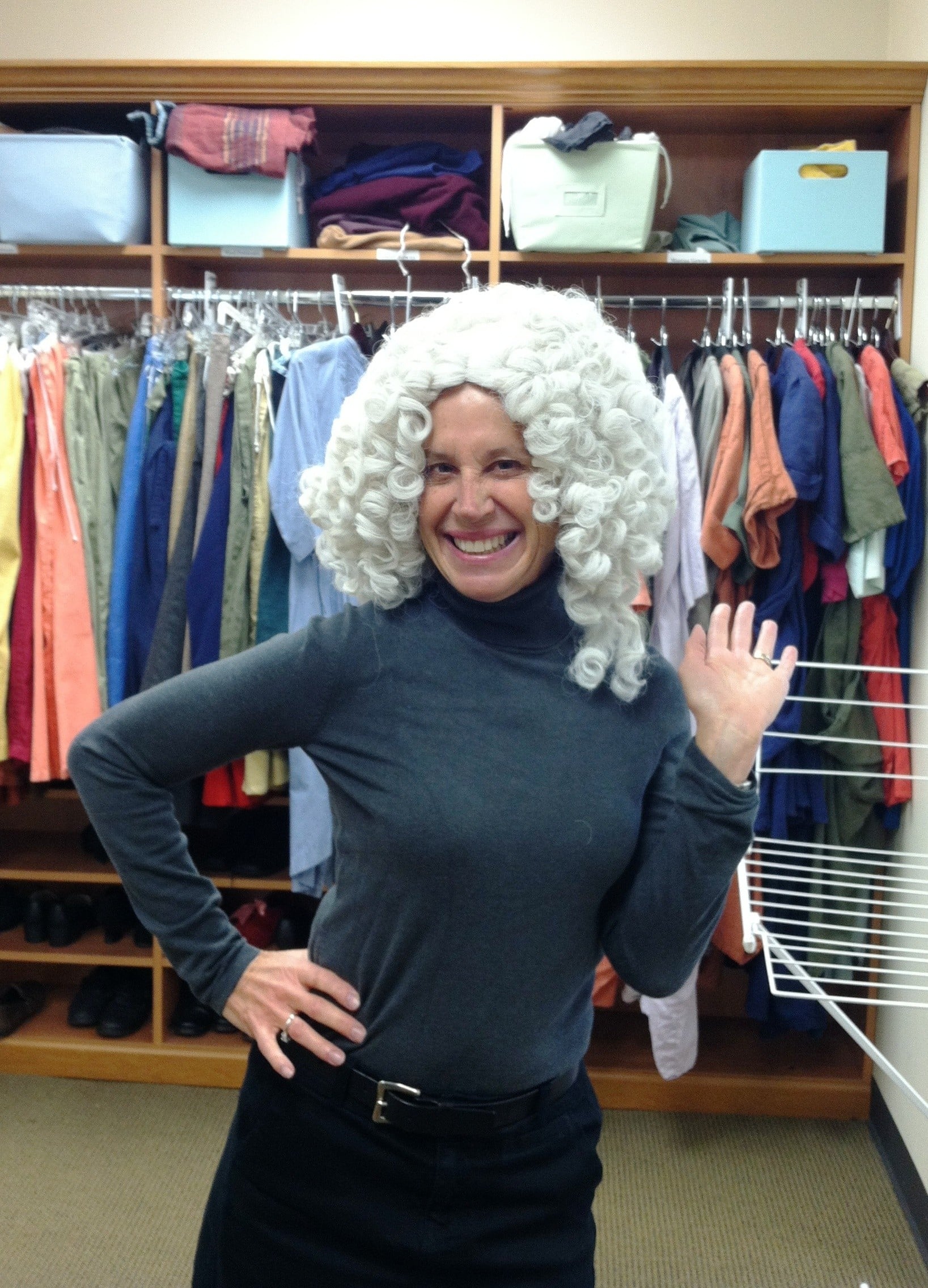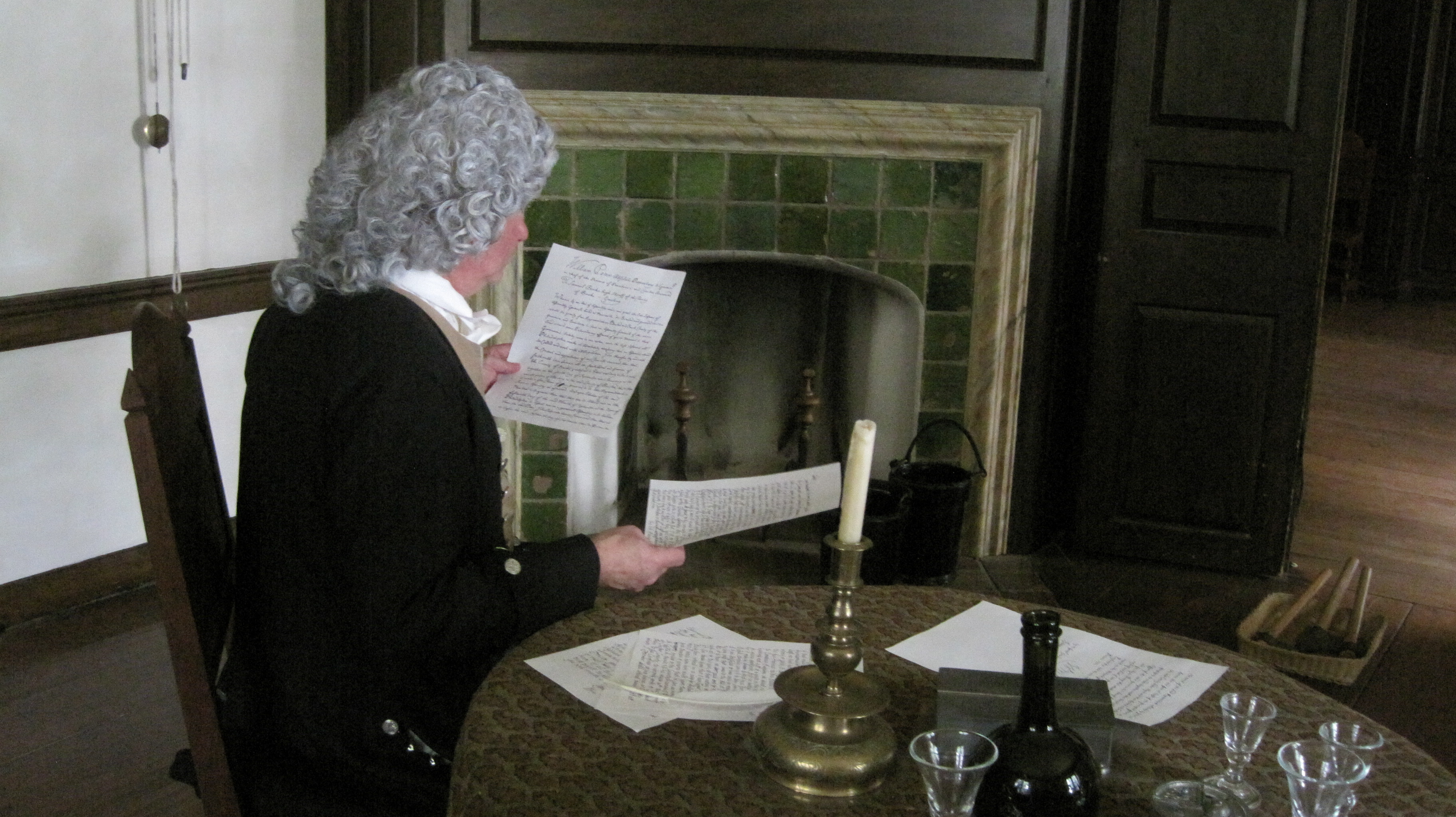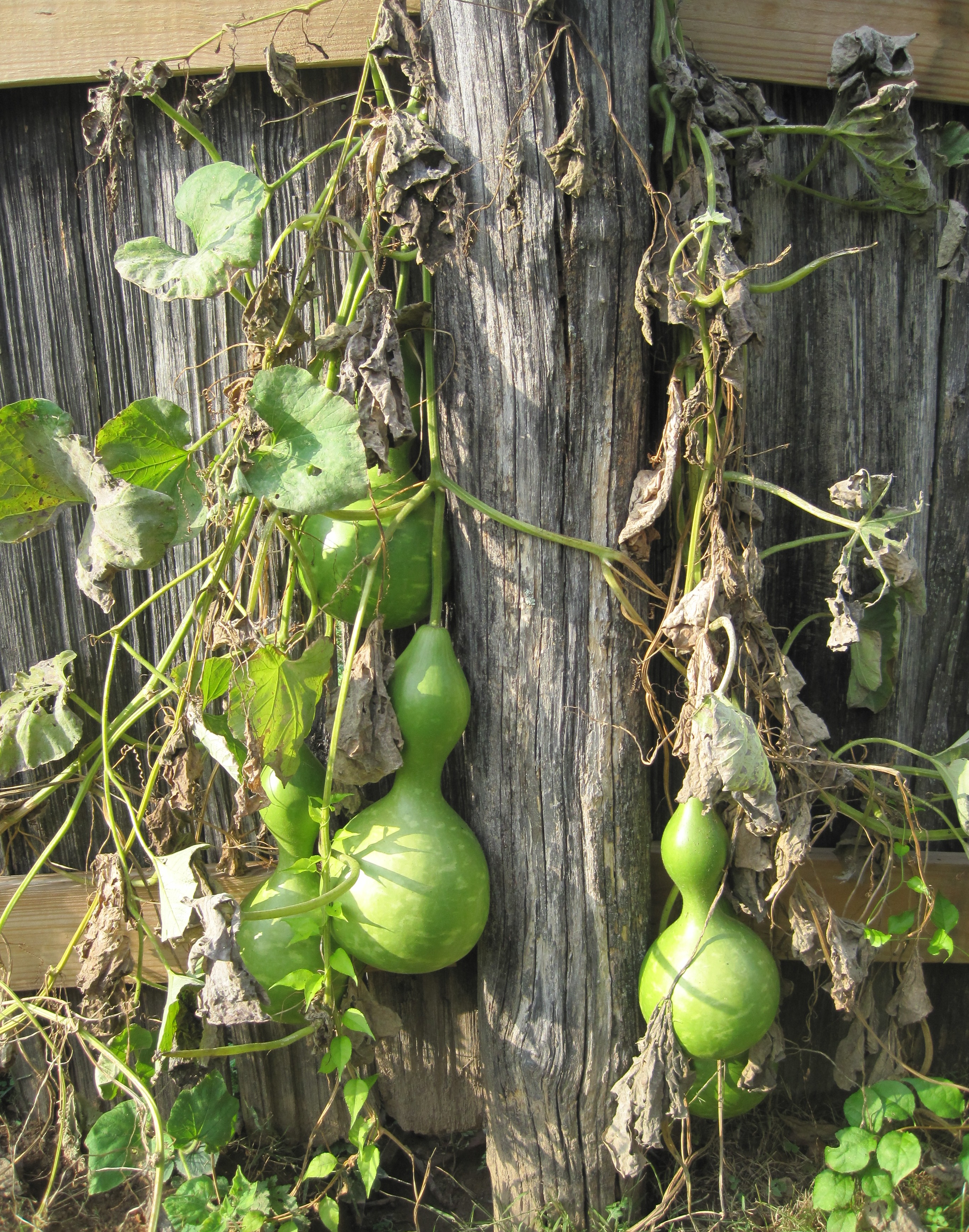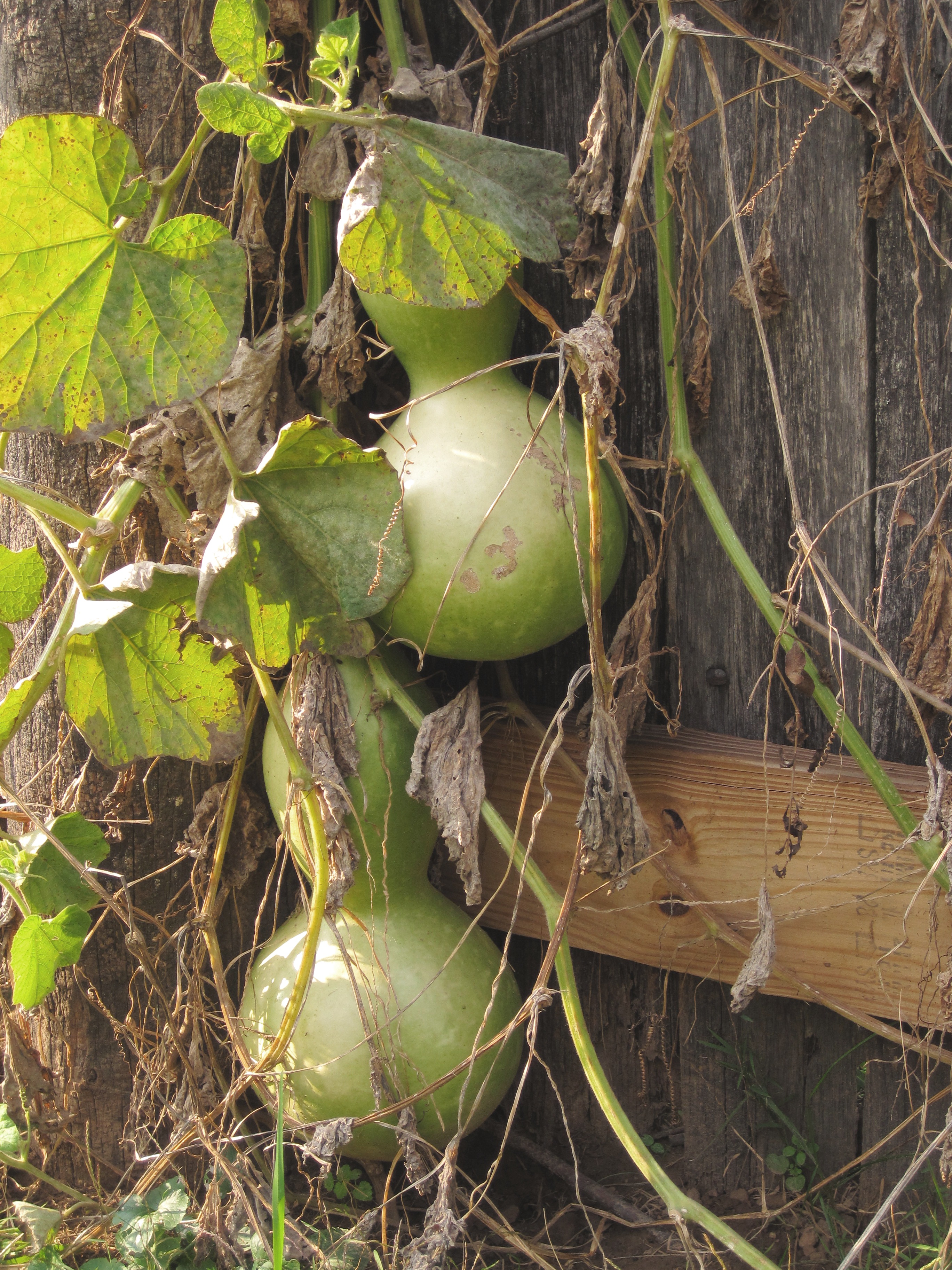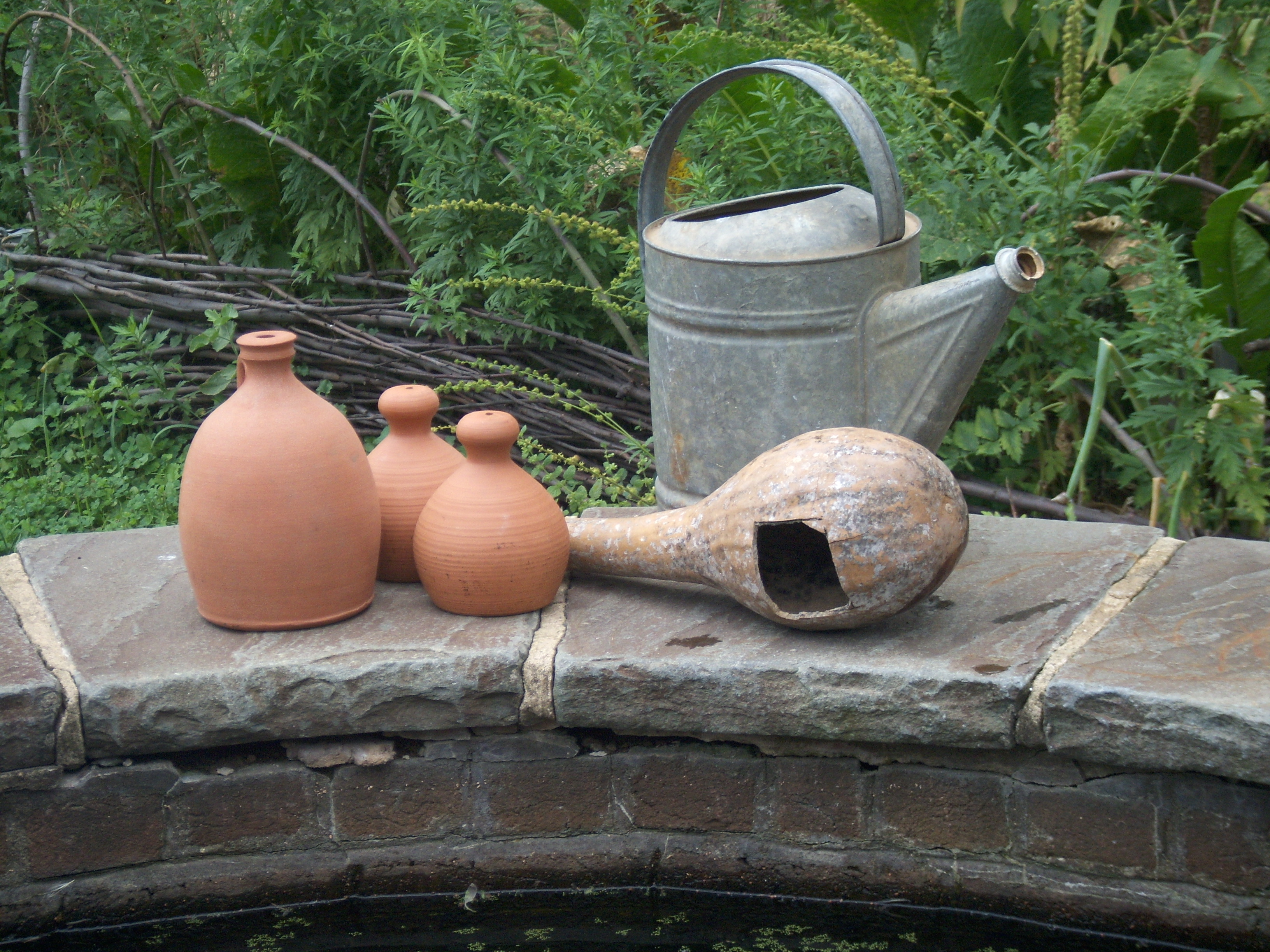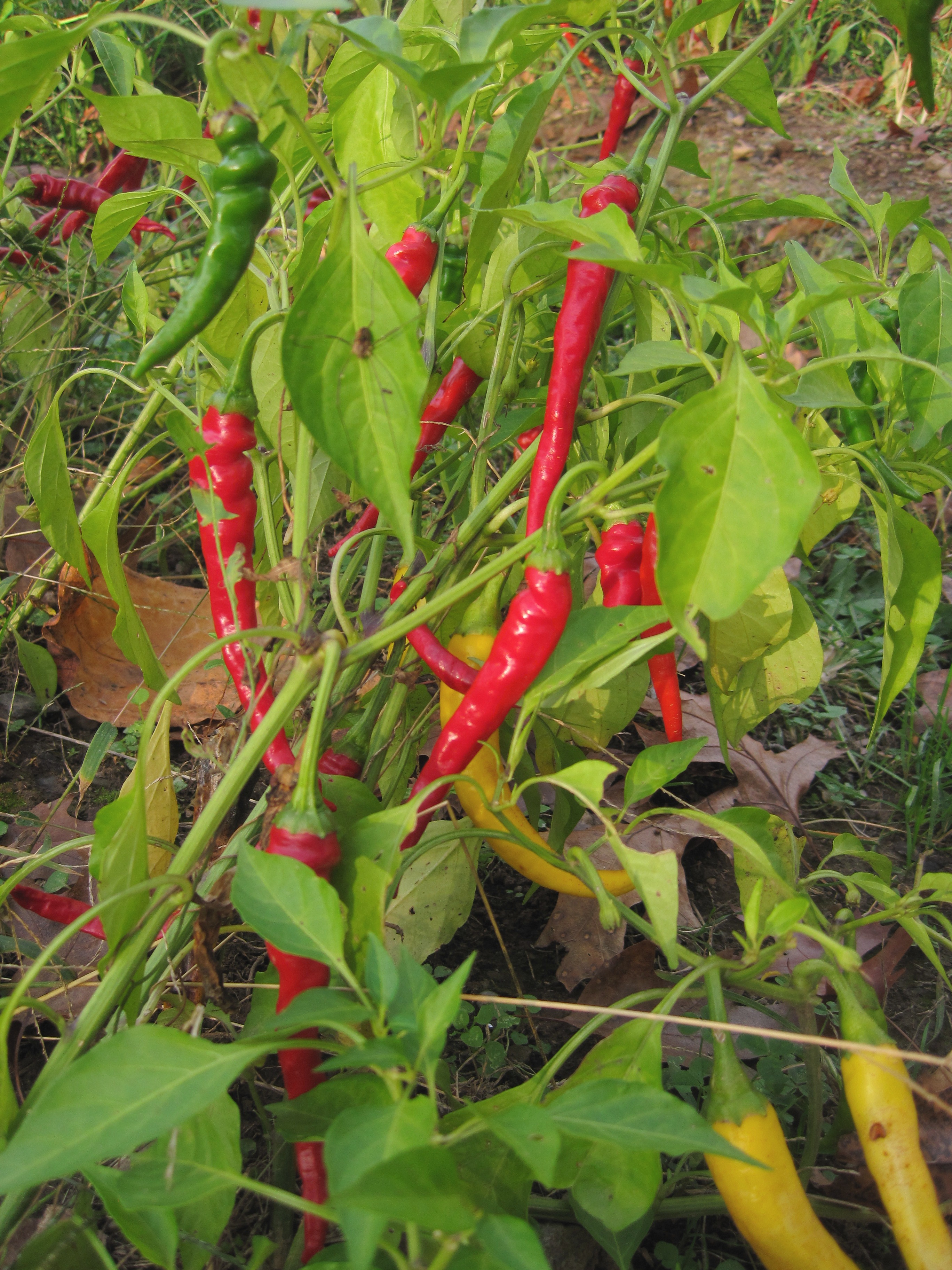Spring Cleaning at Pennsbury Manor!
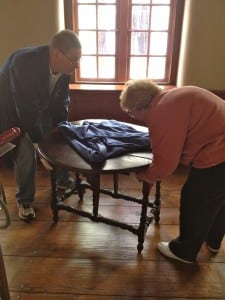
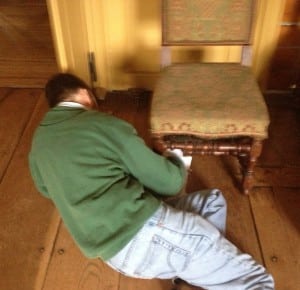
Unlike a regular “spring house cleaning,” we are moving and cleaning objects that are over 300 years old. Special instructions on care are given to ensure that we do not damage or harm the objects in our collection. Gloves are used for handling textiles and wood, so as not to leave oils behind and gloves are taken off for glass and ceramics, so as not to have them slip and fall out of your hands. No butter fingers allowed here!
It is an impressive effort on the part of the staff to dust, vacuum, wax, mop, rinse, and repeat in each room of the house. The four bedchambers on the second floor take two people 3 hours and 27 minutes to clean. To vacuum all of the textiles on the first floor it takes two people a total of 2 hours. To clean all of the windows and Plexiglas covers it will take two people 10 hours. Phew!
The wear and tear of almost 30,000 feet takes a toll on our wood floors. To keep them looking good we will have to use ten 1-lb cans of butchers wax to hand wax all of the public areas and then buff the floors until the shine. Wow what a difference a newly waxed floor makes!
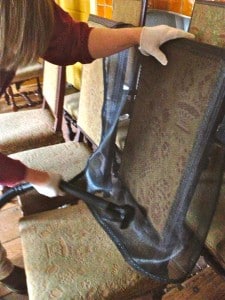
It is an exhausting, but fun four days together getting dirty to get the house clean. Now we sit back and wait to show off the newly cleaned house to all of our visitors. Stop out to see us, we’ll be waiting!
By Tabitha Dardes, Director of PR & Marketing

